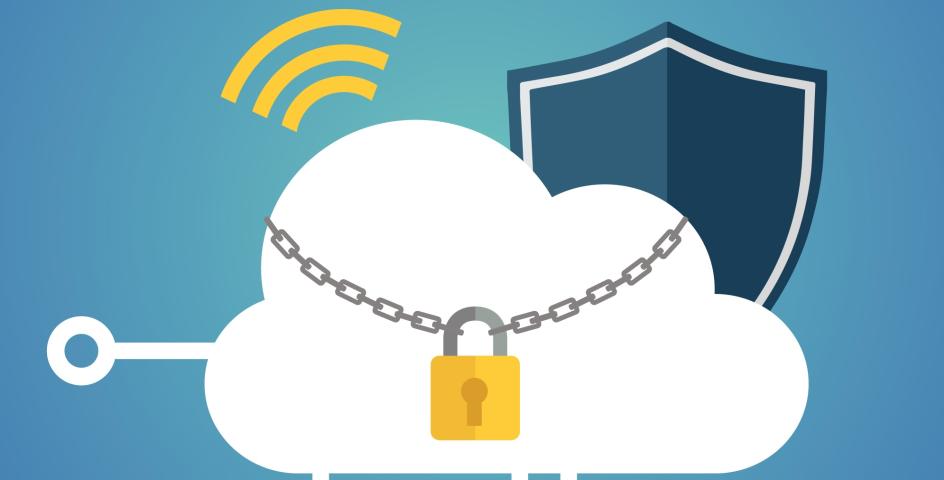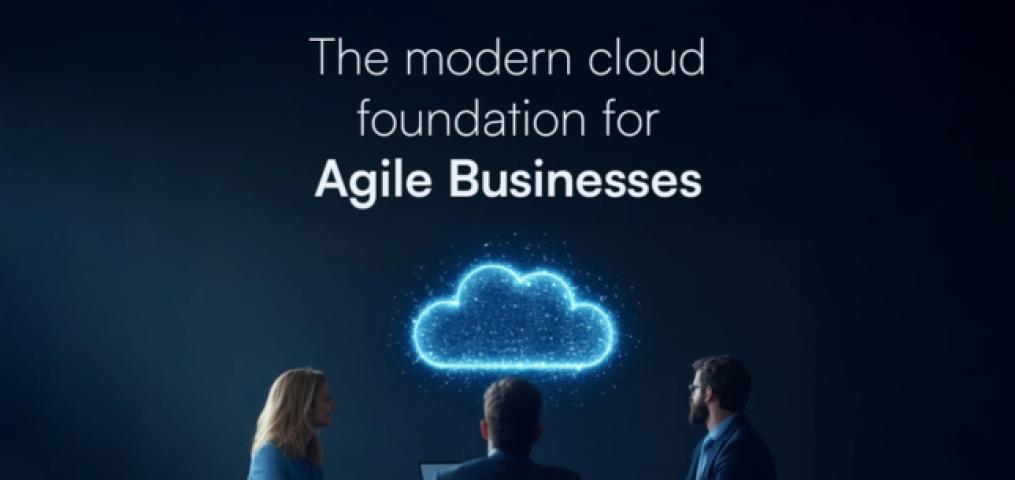Universities and colleges today face unprecedented challenges: attracting and retaining students, fostering engaged alumni networks, streamlining administrative processes, and delivering a modern, personalized experience across every touchpoint. In this dynamic environment, traditional, siloed systems often fall short. This is where a Salesforce Experience Cloud implementation proves to be a transformative solution for higher education institutions.
Experience Cloud, formerly known as Community Cloud, goes beyond a simple portal. It's a robust platform for building dynamic, branded digital experiences that connect students, faculty, staff, alumni, and prospective students in a centralized, intelligent hub. Here’s why it works so effectively for higher education:
1. Unified & Personalized Student Journeys
The modern student journey is complex, spanning from initial inquiry to application, enrollment, academic life, and ultimately, alumni engagement. Experience Cloud centralizes these interactions, offering a seamless and personalized experience at every stage.
- Prospective Students: Imagine a dedicated portal where prospective students can easily find program information, connect with admissions counselors, schedule campus tours, track application status, and engage with current students or faculty through forums. This proactive engagement, powered by Experience Cloud, significantly improves lead nurturing and conversion rates.
- Current Students: Once enrolled, students can access a personalized dashboard. This might include their class schedule, grades, financial aid status, important announcements, campus event calendars, and links to academic advising or support services. They can also collaborate with peers on group projects, access course materials, and communicate directly with professors within a secure environment.
- Alumni Engagement: Post-graduation, the journey continues. An alumni portal built on Experience Cloud can foster lifelong connections. Alumni can update their contact information, network with fellow graduates, access career resources, register for alumni events, donate, and even mentor current students, strengthening the institution's community and fundraising efforts.
This unification reduces administrative burden, improves student satisfaction, and builds stronger, lasting relationships.
2. Enhanced Communication and Collaboration
Effective communication is the lifeblood of any educational institution. Experience Cloud breaks down communication silos and fosters collaboration.
- Targeted Communications: Instead of mass emails, institutions can leverage Experience Cloud to deliver highly targeted messages based on student demographics, program enrollment, or academic standing. This ensures students receive relevant information, reducing clutter and increasing engagement.
- Knowledge Bases and FAQs: A robust, searchable knowledge base within the portal empowers students and staff to find answers to common questions instantly, reducing the volume of inquiries to administrative departments.
- Discussion Forums and Groups: Experience Cloud facilitates the creation of online communities where students can collaborate on assignments, faculty can host Q&A sessions, and specific interest groups (e.g., clubs, research teams) can connect and share resources. This fosters a sense of belonging and academic support.
- Faculty-Student Interaction: Professors can create dedicated spaces for their courses, posting announcements, sharing assignments, and engaging in discussions, leading to a more interactive and accessible learning environment.
3. Streamlined Administrative Processes and Self-Service
Administrative tasks in higher education can be incredibly time-consuming. Experience Cloud empowers self-service, freeing up valuable staff time and improving efficiency.
- Online Applications & Registrations: Prospective students can complete applications, submit documents, and track their progress entirely online. Current students can register for courses, update personal information, and manage financial aid details through intuitive self-service portals.
- Case Management for Support Services: Whether it’s IT support, financial aid inquiries, or academic advising, students can submit and track support cases directly within the portal. This centralizes requests, ensures timely responses, and provides a clear audit trail.
- Faculty and Staff Portals: Beyond student engagement, Experience Cloud can be deployed internally for faculty and staff. These portals can streamline HR processes, manage grant applications, facilitate inter-departmental collaboration, and provide access to internal resources and policies.
- Document Management: Securely share and manage critical documents, such as transcripts, official letters, or policy documents, with appropriate access controls.
4. Data-Driven Insights and Analytics
One of the most significant advantages of a Salesforce Experience Cloud implementation is its ability to provide valuable data.
- User Engagement Metrics: Institutions can track portal usage, popular content, common search terms, and community activity. This data provides insights into what students and other users are engaging with, helping to optimize content and services.
- Student Success Indicators: By integrating with student information systems (SIS), Experience Cloud can contribute to a holistic view of student progress. Data on portal activity, resource access, and engagement levels can serve as early indicators of potential issues, allowing for proactive intervention.
- Alumni Engagement ROI: Track alumni participation in events, donations, and mentorship programs to measure the effectiveness of engagement strategies and optimize future initiatives.
This data-driven approach allows institutions to make informed decisions, tailor their offerings, and continually improve the student and alumni experience.
5. Scalability and Future-Readiness
Higher education institutions are constantly evolving. Salesforce Experience Cloud is built on a scalable and flexible platform, ensuring it can grow with the institution's needs.
- Scalable Architecture: Designed to handle millions of users, Experience Cloud can support the entire university community, from a few thousand to hundreds of thousands of students, faculty, and alumni.
- Integration Capabilities: Its robust API ecosystem allows for seamless integration with existing student information systems (SIS), learning management systems (LMS), financial aid platforms, and other legacy systems, creating a truly connected environment.
- Low-Code/No-Code Development: In 2025, Experience Cloud's emphasis on low-code/no-code tools (like Flow Builder and Lightning App Builder) empowers administrators and even "citizen developers" within the institution to build and modify experiences, reducing reliance on IT and accelerating innovation.
- Continuous Innovation: As a cloud-based platform, Salesforce regularly rolls out new features and enhancements. This means institutions are always leveraging the latest technology without significant upgrade costs.
Why Engage Salesforce Experience Cloud Implementation Services?
Given the complexity and strategic importance of these initiatives, engaging specialized Salesforce Experience Cloud implementation services is highly recommended for higher education. An experienced partner brings:
- Industry Expertise: A deep understanding of higher education challenges, student lifecycles, and administrative processes.
- Technical Proficiency: Expertise in Salesforce platform, Experience Cloud features, integrations, and customization (Apex, LWC, Flows).
- Best Practices: Knowledge of successful implementations in similar institutions, ensuring efficient project delivery and optimal outcomes.
- Change Management Guidance: Assistance in preparing the organization and users for the new platform, maximizing adoption and ROI.
- Accelerators and Templates: Often, partners have pre-built components or templates tailored for higher education, speeding up development.
In conclusion, a Salesforce Experience Cloud implementation is not just a technology upgrade; it's a strategic investment in the future of a higher education institution. By creating unified, personalized, and efficient digital experiences, it empowers institutions to attract, engage, and support their communities more effectively, ultimately fostering lifelong learning and connections.











